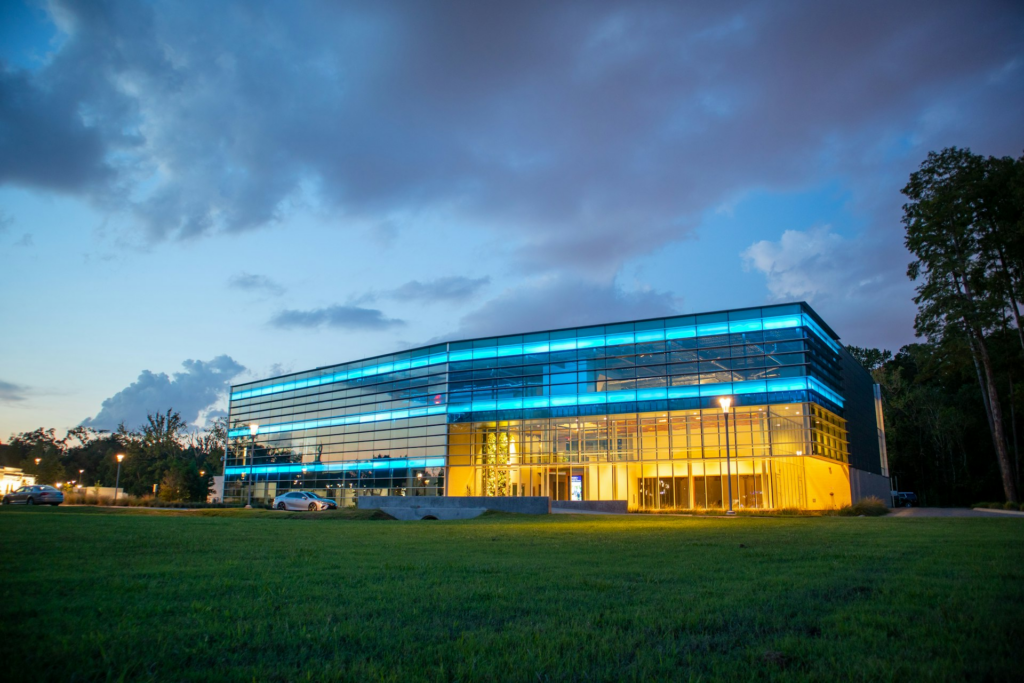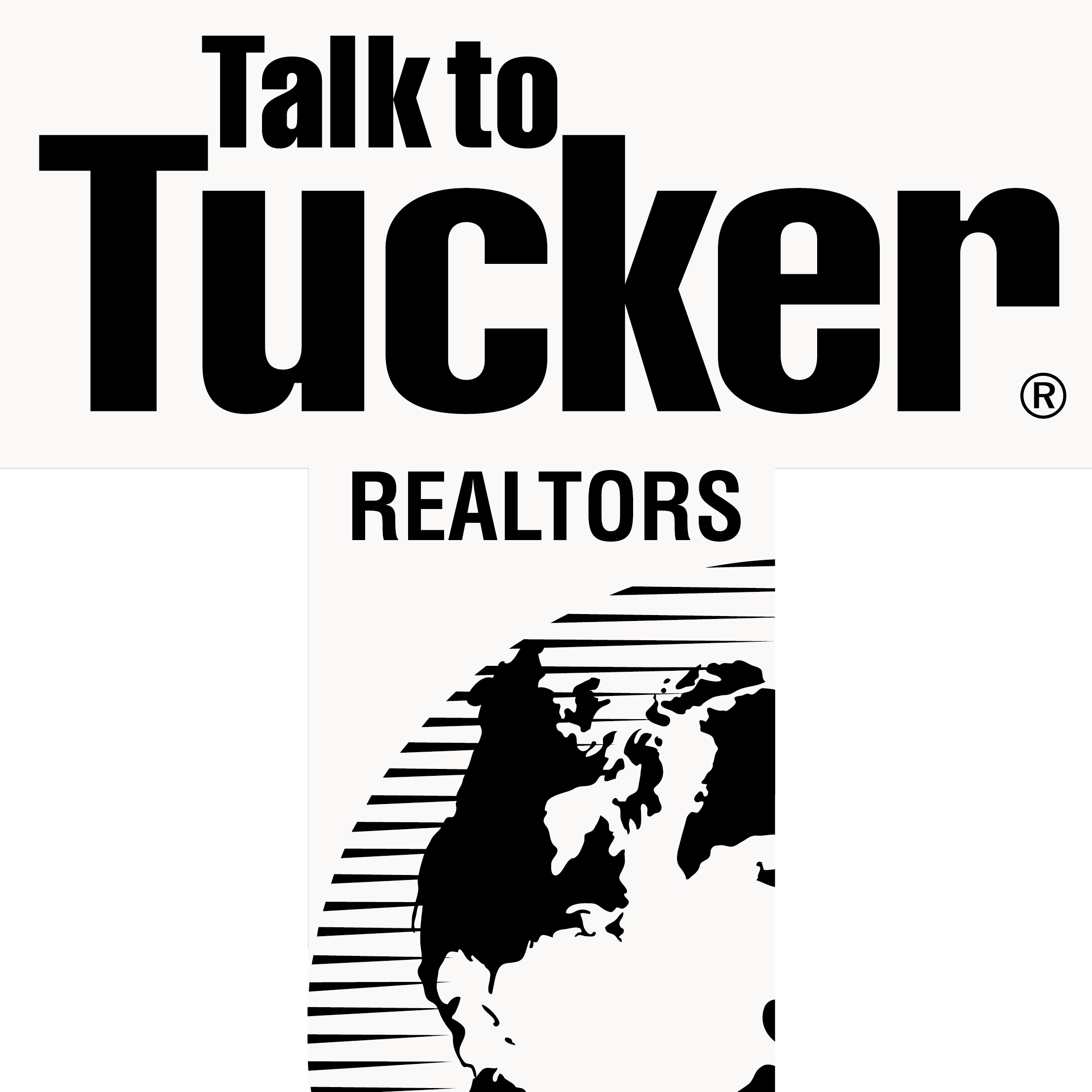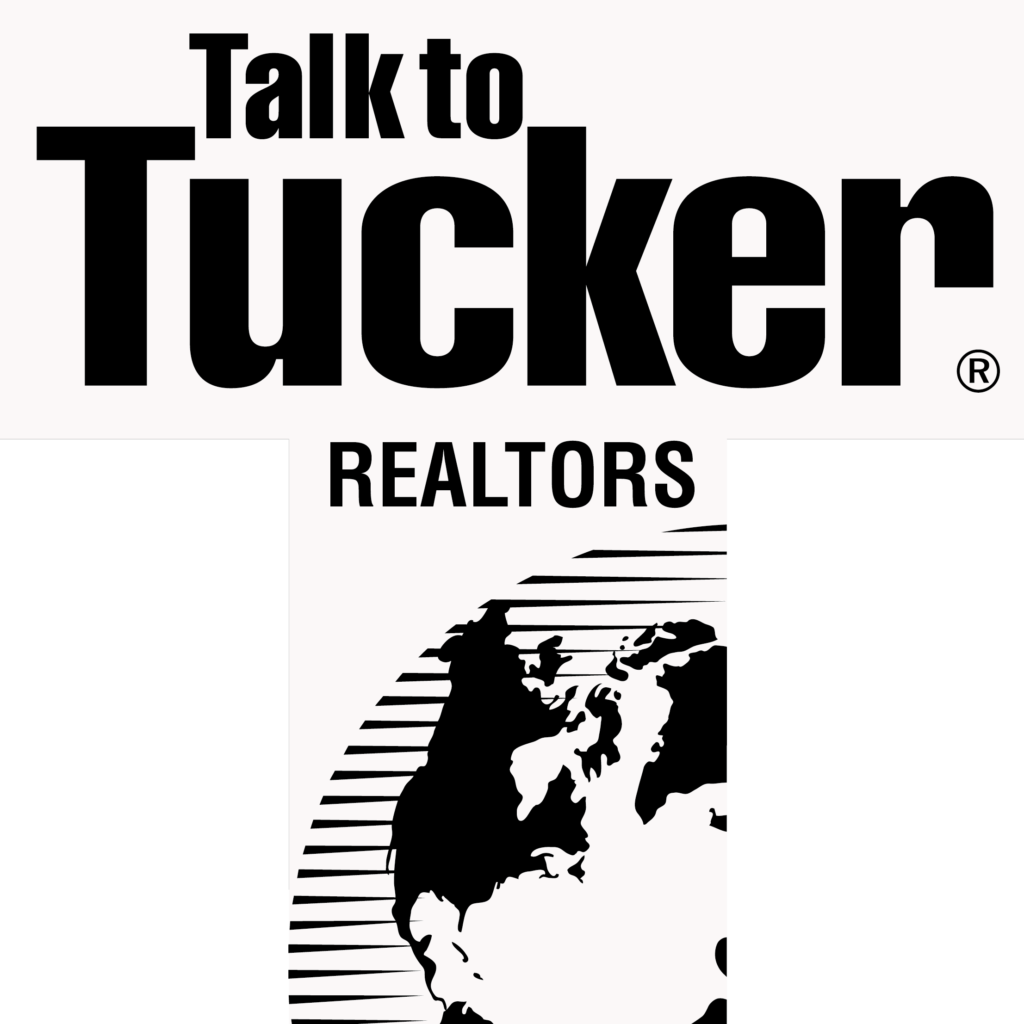
Older commercial buildings can be diamonds in the rough—if you know how to unlock their full potential. Whether you’ve inherited a legacy property, purchased at a discount, or are holding underperforming assets, repositioning is the key to turning stagnation into profit.
At Annie Scott Realty Group LLC, I help commercial owners and investors across Indiana breathe new life into aging properties. Here’s a step-by-step guide to strategically repositioning a commercial asset for maximum return on investment.
1. Start with a Property and Market Audit
Before any upgrades or design work, assess the property’s current condition and market alignment:
- Structural & mechanical systems – Are the roof, HVAC, and plumbing up to code?
- Functional layout – Does the space meet today’s user needs?
- Zoning and use flexibility – Can it be reclassified for a higher and better use?
- Competitive analysis – What are newer buildings offering that yours doesn’t?
In Indiana markets like Indianapolis, Greenwood, or Noblesville, you might find that an outdated strip center or office suite can outperform once it aligns with current tenant demand.
2. Identify the Highest and Best Use
Many older buildings no longer suit their original purpose. Repositioning begins by asking: What should this building be today?
Potential repositioning plays include:
- Office → Medical/Dental suites
- Retail → Mixed-use or service-based retail
- Warehouse → Flex space or indoor recreational
- Industrial → Distribution or self-storage conversion
Think about current demand drivers in your area—like remote work, e-commerce logistics, or healthcare—and whether your property can serve them better with modest updates.
3. Reconfigure Space for Modern Use
Today’s tenants want flexibility, functionality, and experience. Key layout changes might include:
- Open floorplans or coworking-style offices
- Improved lighting, modern restrooms, and ADA upgrades
- Drive-thru additions for QSR tenants
- Outdoor seating or activation space
- More loading docks or parking if pivoting to industrial use
Small changes to layout or access can dramatically increase your tenant pool and rental rate.
4. Update the Exterior and Branding
First impressions matter. A dated façade can be a dealbreaker for tenants and customers alike.
Focus on:
- New signage and branding
- Exterior paint, siding, or masonry cleaning
- Modern awnings and LED lighting
- Landscaping and parking lot repair
In downtowns and suburban corridors across Indiana, cosmetic upgrades can reposition an asset from overlooked to in-demand, especially when combined with smart tenanting.
5. Add Value Through Amenities or Tech
Consider small-scale amenities that boost tenant satisfaction and justify higher rents:
- Shared conference rooms or break areas
- Fiber internet and smart security
- EV charging stations
- Bike storage or covered walkways
Even older buildings can feel modern if they offer tech-forward convenience and communal value.
6. Re-Tenant Strategically
At the heart of repositioning is targeted leasing. Ditch the “any tenant, any use” mindset and build a tenant mix that drives traffic and long-term stability.
- Identify gaps in the local market (e.g., medical, pet care, boutique fitness)
- Focus on creditworthy tenants who improve your valuation
- Consider pop-up or short-term leases to test new uses
- If retail, anchor with an experience-based or essential service tenant
I help owners analyze tenant trends in Indiana submarkets and recruit tenants that add both rent and reputation to the building.
7. Calculate Your Pro Forma and Refinance
Once the building is stabilized or leased up post-repositioning, it may be time to re-appraise and refinance based on:
- Improved Net Operating Income (NOI)
- Stronger tenant quality
- Enhanced property condition
This allows you to pull equity, reduce interest costs, or reinvest in other assets—accelerating your portfolio’s performance.
Final Thoughts
Repositioning isn’t just about renovations—it’s about strategy. When you approach it the right way, an aging commercial building can outperform newer assets in both rent and ROI.
At Annie Scott Realty Group LLC, I help commercial clients across Indiana rethink what their properties can be—and then bring those visions to life with the right team, the right tenants, and the right positioning.
Let’s talk about how to turn your underperforming property into your next big win.
Photo Credit: Luxury Presence
Sources:
- CoStar Indiana Asset Class Trends
- Urban Land Institute – Reuse & Redevelopment Report
- IEDC – Indiana Commercial Reinvestment Programs
- Local building/zoning departments for city-specific redevelopment pathways


